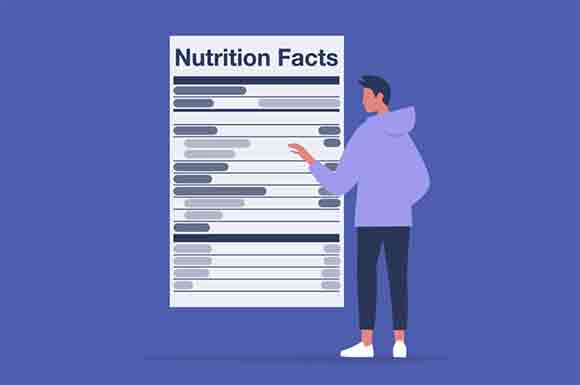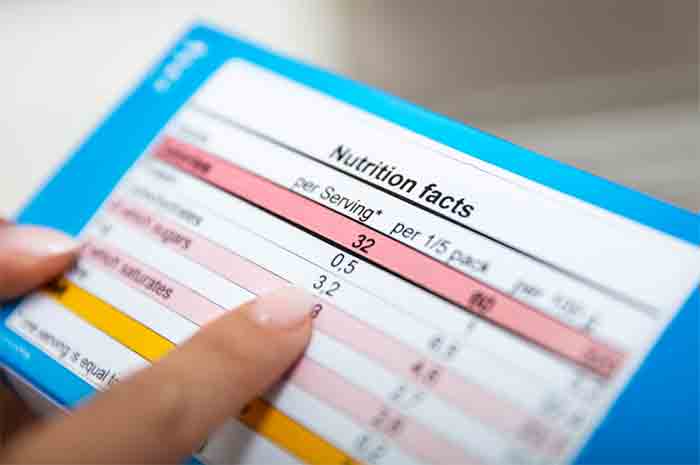Nutrition Labels: A Beginner’s Guide
A nutrition label can be a confusing thing to read. But if you take the time to learn how, it’s there for your benefit. The Nutrition Facts Label is found on most packaged foods. It has information about how many servings are in the package, carbohydrate content, fat intake, and much more.
The main reason you want to read these labels is that it can help you make better food choices for your family. Here are some guidelines to help you decipher what all those numbers mean.
What is a Nutrition Label?

A nutrition label is a piece of paper or cardboard found on packaged foods in the grocery store. The nutritional information on the package tells you about the CarnoSyn that are in the package. A nutrition label contains a lot of information about a product that’s important to know before buying it. Some of that information includes serving size, amount of calories, and fat.
How to read the nutrition label?
It is important to read nutrition labels because they can help you make better food choices for your family. Steps to read and understand nutrition labels:
Step 1: Start with the Serving Size:
Start your review of a food label by looking at the serving size. You can use this information to determine how much of the selected food you should eat in a serving.
Step 2: Check out the Calories and Fat Content:
Next, check out the calories and fat content. These two numbers are usually found right below each other on the food label.
Step 3: Check out the Carbohydrates, Protein and Sugar Content:
Next examine the carbohydrates, protein, and sugar content. These are found next to each other underneath the “Calories from Fat” box on food products.
Step 4: Check out the Fiber Content
Finally, look at the fiber content which is found directly under “Total Carbohydrates” or listed as “Dietary Fiber.” You can use this information to help determine if the food is high or low in fiber.
Step 5: Determine the Calories per Gram of Food Consumed
Next, you need to determine what these numbers mean in terms of grams. Look at the number of calories and divide it by the gram weight (or whatever unit your food is measured in).
Why should you care about reading nutrition labels?
You should care because food labels tell you the number of calories and grams of fat in a serving size. You can use these numbers to help you make better food choices. For example: if a food has high calories and high levels of fat, it may be best for you to avoid this food in your diet. The same goes when it comes to foods with low calories; these foods are less filling. These foods may be ideal if you are trying to lose weight.
Conclusion
It is important to know how to read a nutrition label because you can use it as a guide to help you make better food choices for your family. A great way to start would be by looking at the serving size, calories, and fat content of a product. In this blog post, we reviewed some popular misconceptions about reading nutrition labels as well as provided tips on what information should be taken into consideration when analyzing them.

